History
Teen Dating In The 1960s Was Basically A Chore

Dating in the 1960s came with rules that feel pretty strange now. Teens followed a strict social playbook, and stepping outside it wasn’t easy. Every gesture had weight, and spontaneity rarely made the cut. This article explores the surprisingly structured world of romance in that old-school dating era.
Girls Needed A Chaperone On Every Date
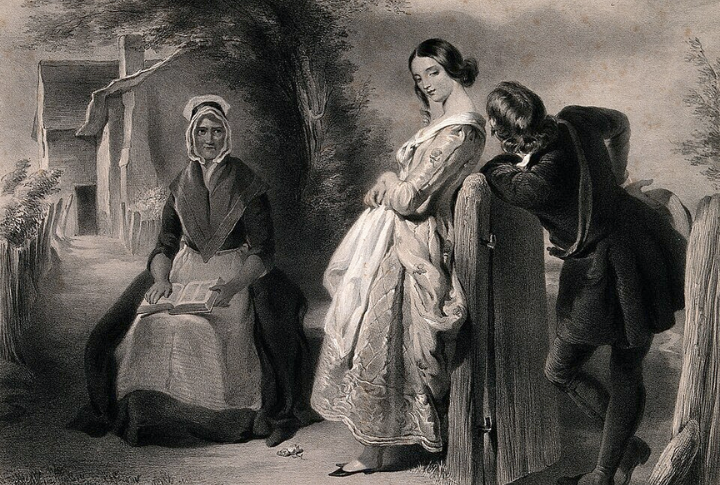
Until the early 1970s, most high schools required a chaperone to supervise teen dates. Parents or older siblings often tagged along to protect “virtue,” sometimes even sitting between couples at the movies. Without a chaperone, prom dates were often not allowed at all.
Girls Couldn’t Call Boys First
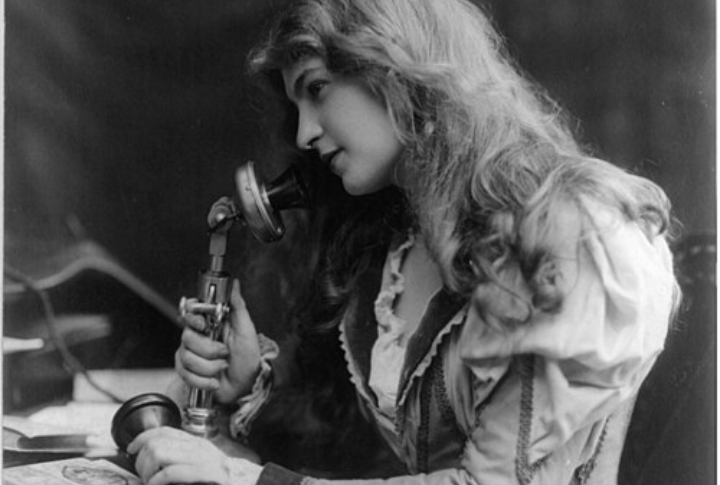
Calling a boy first was seen as pushy or desperate, so girls were expected to wait by the phone—sometimes for hours. Teen advice magazines warned against making the first move, and a busy signal or shared party line could sabotage an entire night of anticipation.
Curfews Were Strictly Enforced
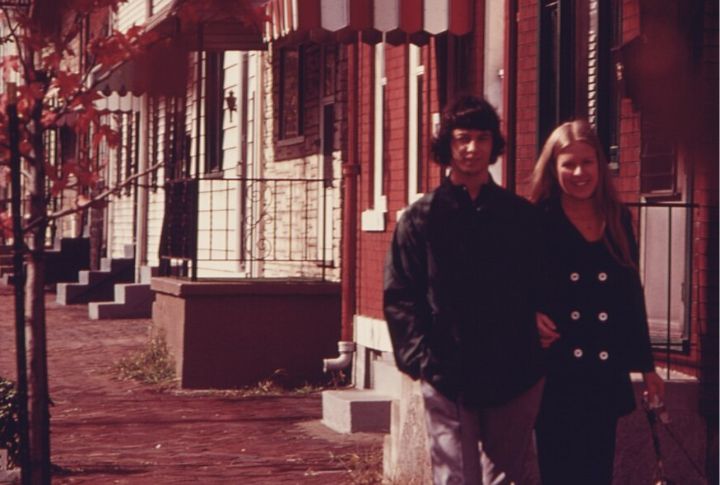
Girls faced strict curfews, often needing to be home by 10 PM on school nights, and breaking curfew could lead to a total dating ban. Some towns had official “youth curfew” laws, while parents waited on porches to make sure their children returned on time.
No Kissing On The First Date

A premature kiss could harm a girl’s reputation, while some boys worried it might make them seem disrespectful or rushed. Kissing on the first date was seen as morally questionable, with teen manuals urging restraint and self-control.
Going Steady Meant Wearing His Class Ring

Going steady meant exchanging a class ring or letterman jacket to signal exclusivity. Girls sometimes wrapped rings in tape to fit smaller fingers, and losing the ring could cause serious heartbreak. This commitment was nearly like a pre-engagement promise.
Dating Was Only For Marriage-Minded Teens
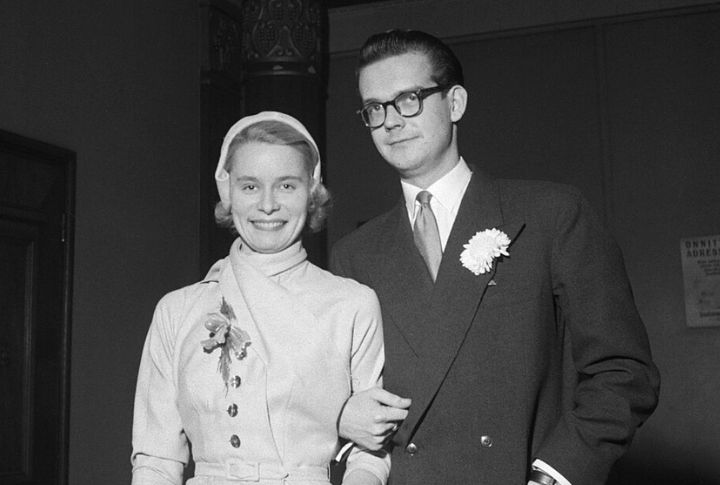
Dating was reserved for teens focused on marriage, as casual relationships were discouraged. Girls learned early to avoid leading boys on without intent. Most dated within their church or social circles, with serious boyfriends expected to be husband material.
Holding Hands Was A Big Deal
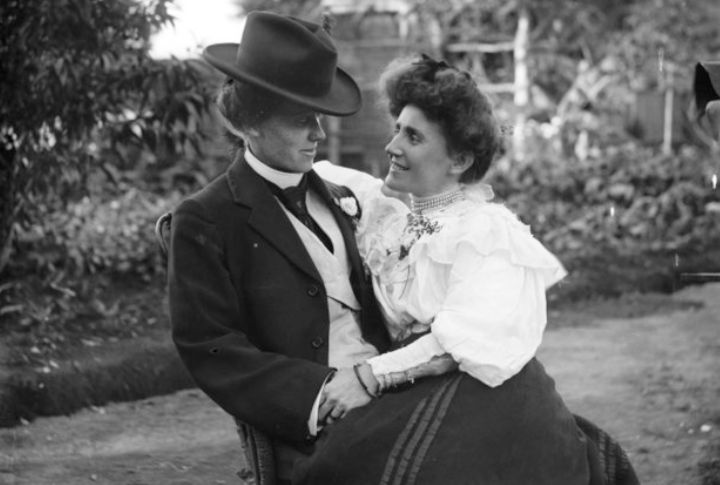
Holding hands was a significant act closely monitored by schools and churches. Public displays of affection could result in detention, and some religious groups warned that it led down a “slippery slope.” Often, a handshake was the only accepted form of contact.
Dating Outside Your Race Was Taboo

Interracial dating was illegal in many states until 1967, when the Supreme Court’s Loving v. Virginia ruling changed the law. Mixed-race couples faced harsh social exclusion and harassment, while some schools quietly upheld segregation through strict dating policies.
Boys Always Had To Pay For The Date

Boys always paid for dates, as splitting the bill was nearly unheard of. A girl offering to pay could be seen as emasculating, and etiquette guides emphasized a boy’s financial role. Girls probably kept “emergency money” hidden just in case.
Dating Wasn’t Allowed Until Age 16
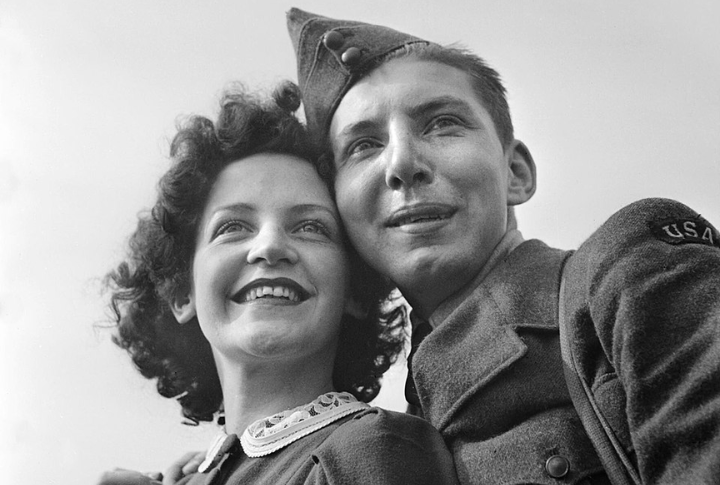
Many families set 16 as the official dating age, viewing younger relationships as improper or risky. Schools and churches supported the “sweet sixteen” rule, and parents enforced it strictly, sometimes punishing teens who dated too early.
History
The Unconquered Native American Tribe That Stood Its Ground
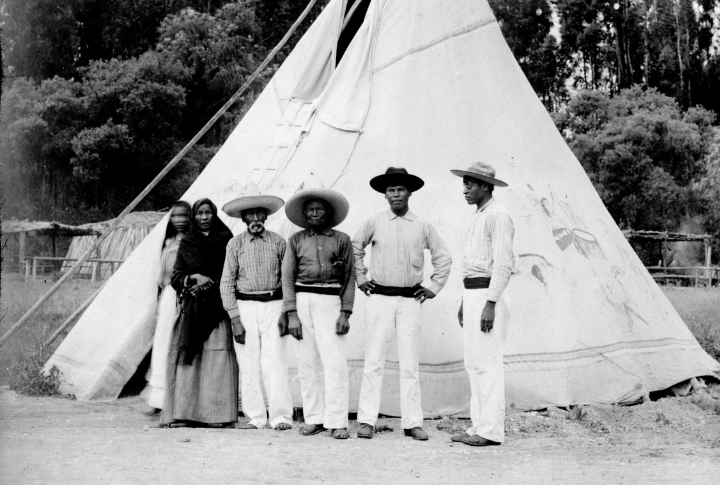
Throughout history, many Native American tribes faced overwhelming pressure to assimilate or submit, but one remained steadfast. Their resilience and determination became legendary. This is the story of the tribe that refused to yield and preserved its way of life against all odds.
The Yaqui Homeland And Identity
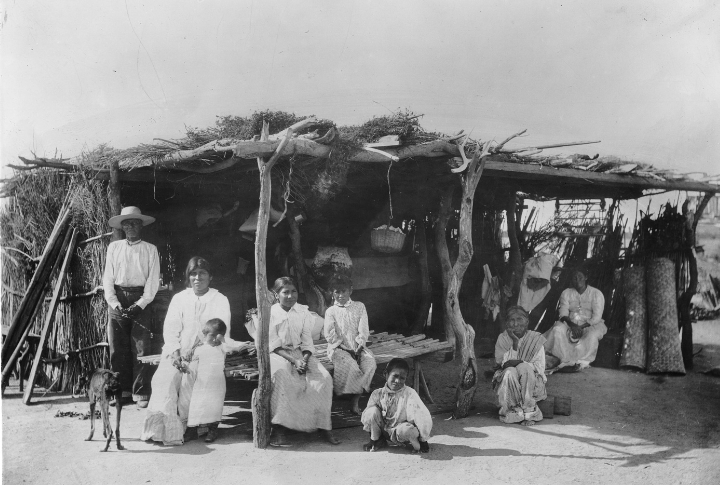
Sun-scorched deserts and fertile river valleys shaped the Yaqui way of life. They mastered agriculture, growing maize and squash while fishing the Rio Yaqui’s waters. Their spiritual beliefs, deeply tied to nature, strengthened their cultural resilience long before outside forces attempted to uproot them.
A Standoff With Spanish Conquistadors

When Spanish explorers arrived in the early 1600s, they expected surrender. Instead, they encountered skilled defenders who knew every crevice of their land. The Yaqui stood firm but also negotiated strategically. Rather than being overrun, they secured peace under conditions that preserved their independence—a rare victory at the time.
Cajeme’s Defiance Against The Mexican Government

A leader, a strategist, and a symbol of resistance—Cajeme guided the Yaqui through one of their most challenging eras in the 19th century. He planned defenses and orchestrated ambushes. In addition, he built strongholds and refused to bow to external rule. Even after his capture, his name fueled further defiance.
The Bacum Massacre’s Haunting Legacy
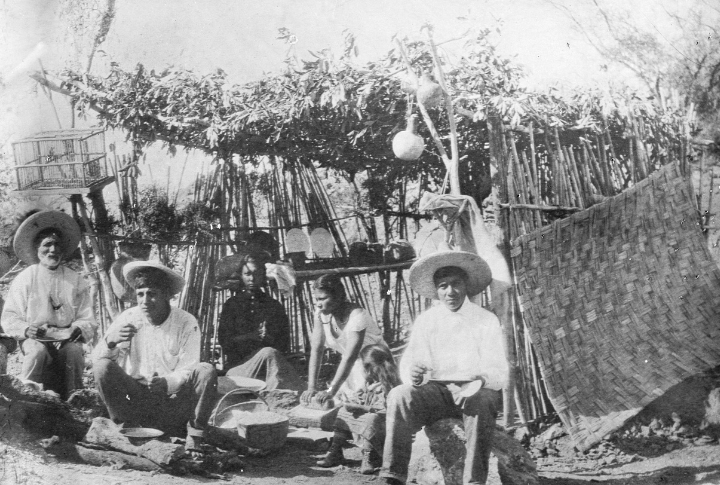
A church should have been a place of safety, but in 1868, it became a site of devastation. Mexican forces stormed a Yaqui village, taking the lives of over 120 people inside a place of worship. This brutal act only strengthened the tribe’s determination, ensuring their struggle for survival continued.
Forced Labor And The Long March South
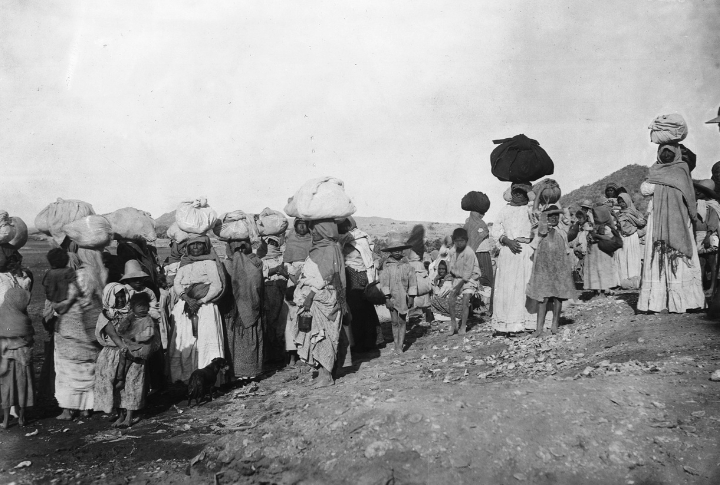
Not all conflicts were fought on the battlefield. Thousands of Yaqui families were forced onto trains and sent to distant plantations, where they endured relentless labor under harsh conditions. Many never returned, but those who escaped carried their stories home, igniting new waves of resistance against displacement.
Seeking Refuge In The United States
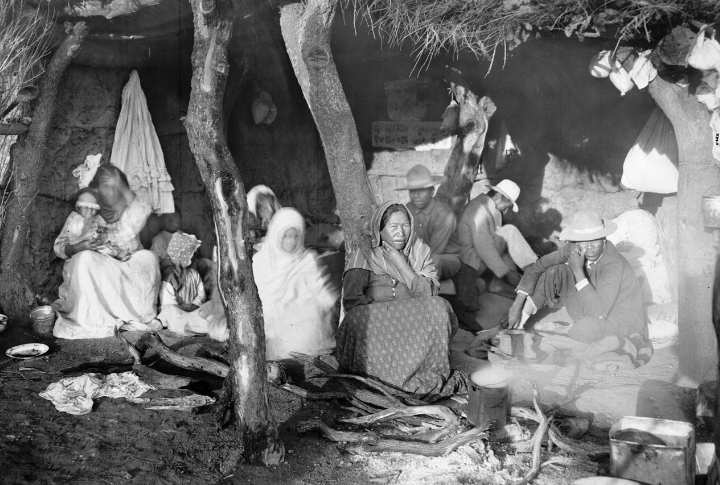
Exile was not surrender—it was survival. Crossing into Arizona, many Yaqui found safety but faced new struggles. They built communities in Tucson and Phoenix, determined to preserve their traditions while adapting to an unfamiliar world. Against all odds, they proved that identity can endure across borders.
Unbreakable Rituals And The Power Of The Deer Dance
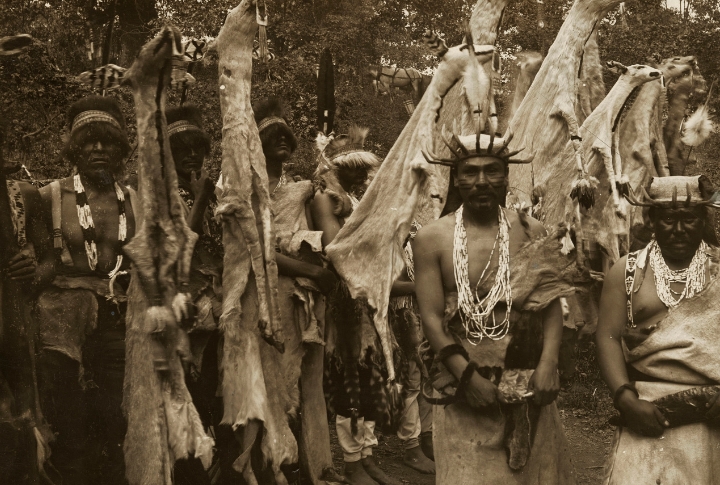
Ceremonies became acts of defiance. The Deer Dance, a mesmerizing blend of movement and music, honored their connection to nature and reinforced unity. Spanish priests once tried to silence it. Today, it remains a powerful symbol of endurance, performed by Yaqui dancers across generations.
Strategic Adaptation During The Mexican Revolution
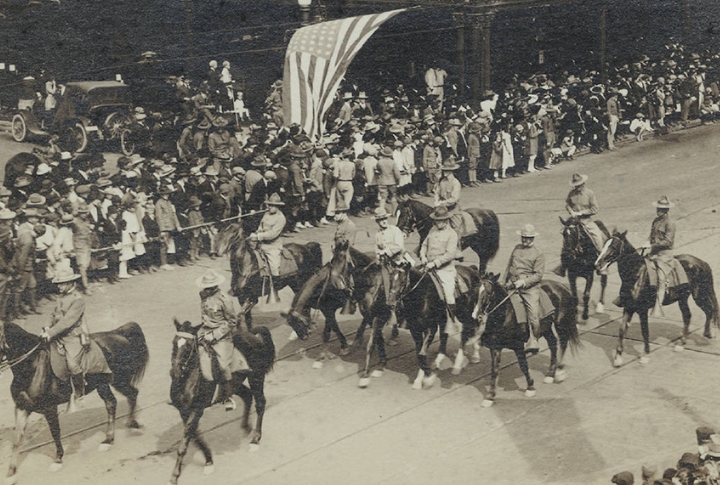
In turbulent times, the Yaqui adjusted. Their fighters mastered quick, unpredictable strikes, using their deep knowledge of the terrain to outmaneuver much larger forces. Aligning with different revolutionary groups when necessary, they turned shifting alliances into opportunities for survival and influence.
Land Promises And Ongoing Struggles In The 20th Century
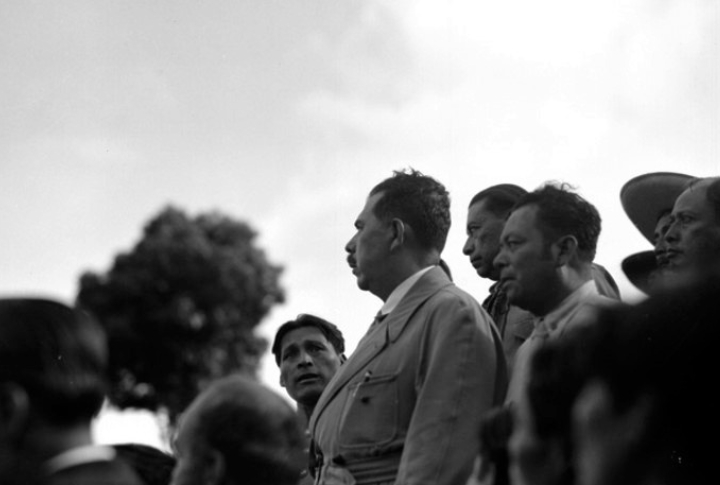
Hope emerged in 1937 when President Lazaro Cardenas recognized Yaqui’s land rights. But official agreements didn’t stop encroachment. Water projects diverted their river, and industrial expansion threatened sacred lands. In addition, policies continued to undermine their sovereignty.
The Fight To Save The Rio Yaqui

The Rio Yaqui, a lifeline for generations, faces new threats. Government-backed projects have diverted its flow, endangering the Yaqui’s ability to sustain their communities. Protests, law battles, and organized movements have become their tools of resistance.
History
10 U.S. Churches That Fell To Time And Circumstance

Abandoned churches in the U.S. are more than just forgotten buildings; they are the remnants of communities that once found solace in these sacred spaces. Many of these churches carry tragic backstories that remain largely untold. Here are 10 abandoned churches in the U.S. with poignant stories.
City Methodist Church, Indiana

Grand arches now frame shattered stained glass, whispering tales of a lost era. Once the largest Methodist church in the Midwest, this Gothic masterpiece closed in 1975 as Gary’s economy collapsed. Today, urban explorers wander its ruins, drawn to the haunting beauty of decay.
First Baptist Church of Augusta, Georgia

Marble columns still stand, but the congregation is long gone. Built in 1902, the First Baptist Church of Augusta, Georgia, was an architectural marvel before time and neglect consumed it. This particular church, distinct from the active First Baptist Church of Augusta established in 1817, now exists only as an abandoned structure.
Woodward Avenue Presbyterian Church, Detroit, Michigan

Rising from Detroit’s skyline like a forgotten relic, this church once commanded attention with its towering spires and intricate Gothic design. Built in 1911, it flourished as the city’s population boomed. But as economic hardships gripped the area, attendance waned, and by 2005, the grand sanctuary fell silent.
St. Luke Baptist Church, Marianna, Florida

Founded in 1867, it stood as a pillar of faith and resilience for the local Black community. As the years passed, its congregation thinned, and time took its toll on the structure. Now, weathered wood and crumbling walls remain, whispering stories of devotion, unity, and the passage of time.
Church of the Transfiguration, Buffalo, New York

Once a thriving sanctuary for Polish immigrants, the Church of the Transfiguration now stands as a ghostly monument to time’s passage. This church closed in 1991, which left behind its towering Gothic spires and crumbling stained glass. A roof collapse in 2020 sealed its fate, yet its haunting beauty continues to draw urban explorers and historians.
First Church of Christ, Scientist, Princeton, New Jersey

The charred ruins are a stark reminder of this church that was once a favorite among some. Flames consumed a century-old landmark, but its significance remains. This 130-year-old Princeton church was more than just a building—it was a cornerstone of faith and history.
Old Brick Church, Bacon’s Castle, Virginia

The Old Brick Church near Bacon’s Castle, Virginia, is a haunting relic of colonial America. It once echoed with sermons and hymns after construction in 1754 but fell into abandonment after the Church of England was disestablished. A fire in 1868 left it in ruins, yet its weathered brick walls still whisper stories of faith and resilience.
St. Michael’s Catholic Church, Cleveland, Ohio

In Cleveland, Ohio, a Gothic Revival church once stood as the heart of the Catholic community. Built in 1853, St. Michael’s Catholic Church was known for its stained glass windows and towering spires. However, by the 1970s, the congregation had dwindled, leading to its abandonment.
The Old Stone Church, Cleveland, Ohio

Built in 1820, it is one of the city’s oldest remaining structures. Originally a Presbyterian church, it witnessed the city’s early growth. As Cleveland expanded in the 1950s, the congregation moved to a larger facility, and the Old Stone Church was abandoned. Despite its emptiness, the church remains an iconic part of the city’s history.
Grace Episcopal Church, New York City, New York

This church, founded in 1808, once symbolized the religious and cultural spirit of Manhattan. Known for its grand architecture and community involvement, it was a key part of the city’s Episcopal presence for over a century. The attendance declined as the 20th century wore on, and the church was eventually abandoned.
History
5,000-Year-Old Volcano Showing How Ancient Communities Responded To Climate Catastrophe

Around 2900 BCE, a cataclysmic volcanic eruption reshaped the world in ways that would be felt for generations. The massive blast spewed ash into the sky, blocking sunlight and triggering a dramatic period of global cooling. The effects were felt throughout the globe, and different cultures reacted differently. Here’s how.
The 5,000-Year-Old Volcano And Its Impact On Climate

This volcanic winter lasted several years, and it made life harsh for Neolithic societies. Cooler temperatures led to devastating climate changes, pushing ancient communities to adapt quickly. As the darkness took over, populations sought answers through rituals and offerings, with many turning to symbolic acts.
Evidence Of Climatic Catastrophe In Ice Cores

Ice cores from Greenland and Antarctica contain sulfate traces from the 2900 BCE eruption, and they provided key evidence of its global impact. These layers of sulfuric particles confirm that a volcanic event large enough to alter global climate occurred.
The Mysterious Sun Stones Of Denmark

On the island of Bornholm, archaeologists uncovered 614 sunstones—flat shale pieces adorned with sun motifs and images resembling fields and crops. These items were buried in a ditch around 2900 BCE, likely in response to the environmental catastrophe.
The Community’s Unified Response To Disaster

Dr. Rune Iversen, an archaeologist involved in the study, explains how the shared nature of these offerings may have united the community in facing a dire, shared fate. Archaeologists speculate that the event marked a turning point in the community’s relationship with nature.
The Role Of Sun Motifs In Ancient Rituals

Sun motifs appear across cultures and are often used to symbolize life and fertility. The sunstones of Bornholm reflect this symbolic connection to sustenance. At a time when crops failed, ancient societies used these powerful symbols to express their dependence on the sun’s life-giving energy.
Famine And Crop Failures

Around the world, the eruption’s effects were felt. With temperatures dropping significantly, entire regions saw their harvests destroyed. The aftermath of such events caused massive food shortages, and it pushed ancient societies to resort to any means necessary to survive, including ritual offerings.
Neolithic Communities’ Resilience Beyond Rituals

In addition to ritual sacrifices like the sunstones, Neolithic communities likely adapted their lifestyles to combat the prolonged volcanic winter. Changes in settlement patterns suggest a shift toward communal living, where pooling resources and sharing food became essential for survival.
Traces Of The Eruption’s Aftermath In Other Regions
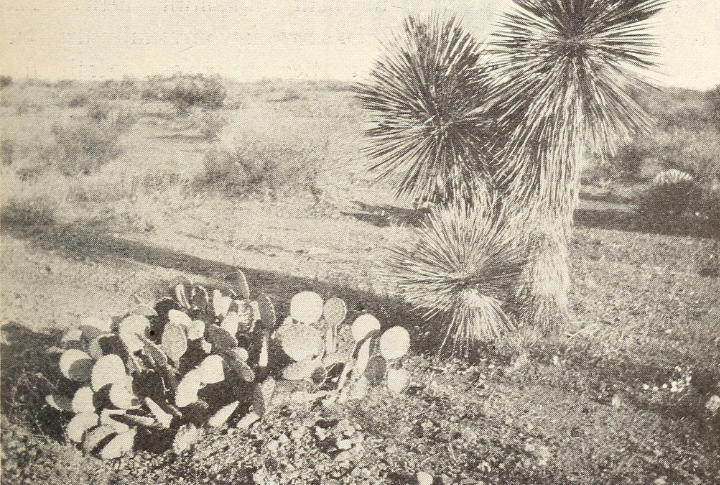
The 2900 BCE eruption left a distinct fingerprint far beyond Denmark. Evidence from regions like the Middle East shows increased reliance on drought-resistant crops and innovations in irrigation systems. These adaptive strategies reveal how ancient societies around the globe responded with ingenuity to counteract the disruptions.
Spiritual Beliefs Shaped By Natural Disasters

The catastrophic eruption may have influenced long-term spiritual beliefs in Neolithic societies. Symbols like the sun became central to rituals, possibly reflecting a newfound reverence for celestial forces. This event likely marked a shift in how ancient communities interpreted natural phenomena.
The Birth Of Organized Leadership

The volcanic eruption triggered lasting changes in governance among ancient societies. As resources dwindled, communities developed formal leadership roles. These structures enabled organized crisis responses, resource allocation, and ritual coordination. Archaeological evidence suggests this shift fostered social cohesion, reinforcing shared identities and long-term survival strategies.
-

 Travel6 days ago
Travel6 days ago10 Remote Hideaways Scattered Across The Great Basin
-

 Cities2 months ago
Cities2 months ago15 US Cities Where You Can Live Car-Free with Ease
-

 States6 months ago
States6 months ago10 U.S. States Facing Groundwater Depletion
-

 Lifestyle9 months ago
Lifestyle9 months ago15 Things You Should Never Say on a First Date
-

 Travel2 weeks ago
Travel2 weeks ago10 Evolved Military Sites Of Pre-Independence America
-

 Health8 months ago
Health8 months ago10 Phrases That Make Sensory Overload Worse
-

 Lifestyle6 months ago
Lifestyle6 months ago10 Lines That Pop An Ego Without Starting A Fight
-
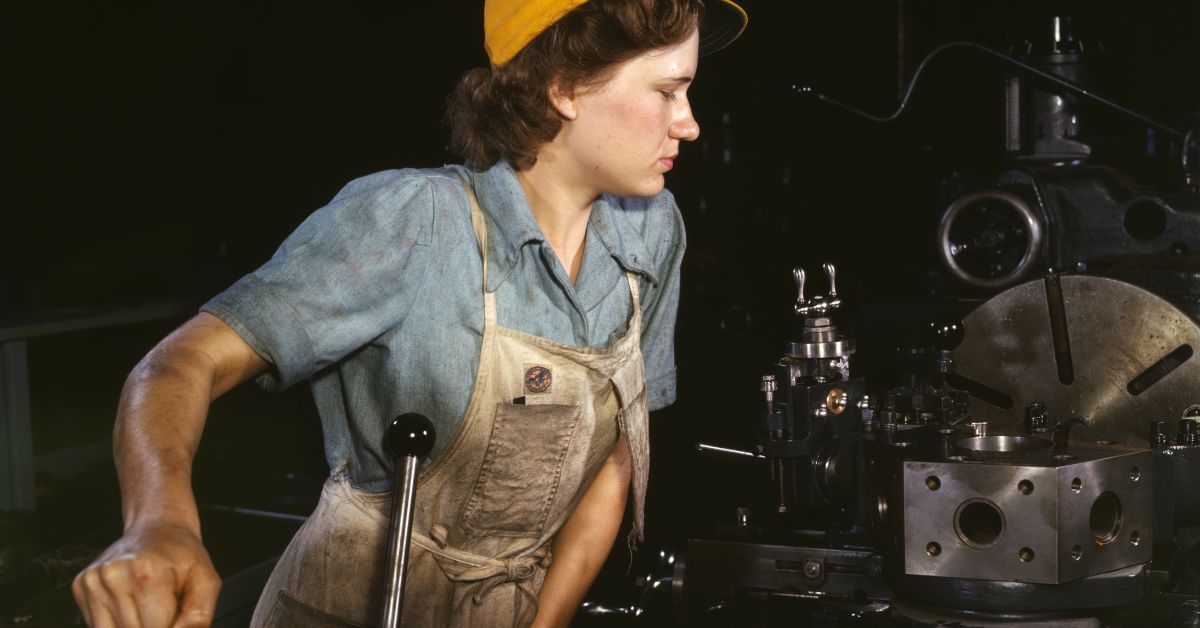
 Lifestyle9 months ago
Lifestyle9 months ago20 Smart Ways People Saved Money During The Great Depression
